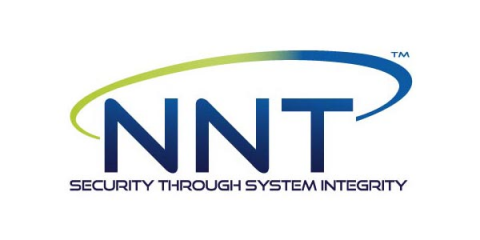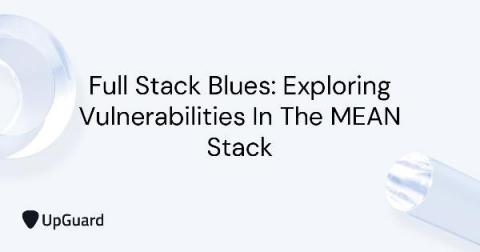Vulnerability scanning vs. Penetration testing: comparing the two security offerings
It’s no secret: the number of security vulnerabilities organizations must contend with is overwhelming. According to a 2019 Risk Based Security report, there were 22,316 newly-discovered vulnerabilities last year. One Patch Tuesday disclosed a record number of 327 vulnerabilities in a single day. Just keeping up is becoming a monumental task. But knowing where and how your organization may be vulnerable is critical to maintaining a healthy security posture.










